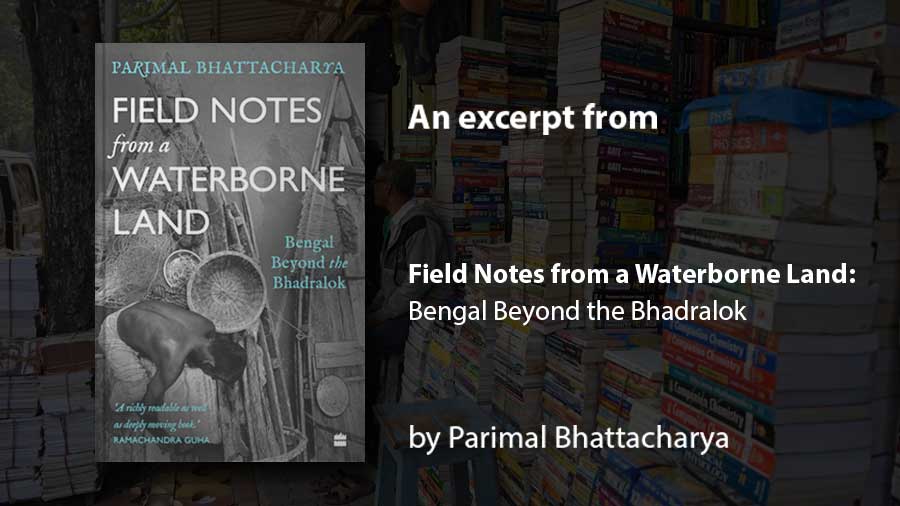Author Parimal Bhattacharya’s new book Field Notes from a Waterborne Land: Bengal Beyond the Bhadralok shines a light on a Bengal that most people in Kolkata and the rest of India are unaware of. The genre-bending book, which moves between travelogue, journal and memoir to bring to life the “missing narratives” of marginalised people of Bengal and Orissa, has been praised by historian Ramchandra Guha and economist Jean Dreze.
Bhattacharya, who writes in English and Bengali, has published over a dozen books, including No Path in Darjeeling Is Straight: Memories of a Hill Town, Bells of Shangri-La: Scholars, Spies, Invaders in Tibet, Nahumer Gram O Onyanyo Museum and Dodopakhider Gaan. In an interview with My Kolkata, he shares his views on being a bilingual writer, the process of transcreating a book and the communities seldom seen in mainstream Indian English writing.
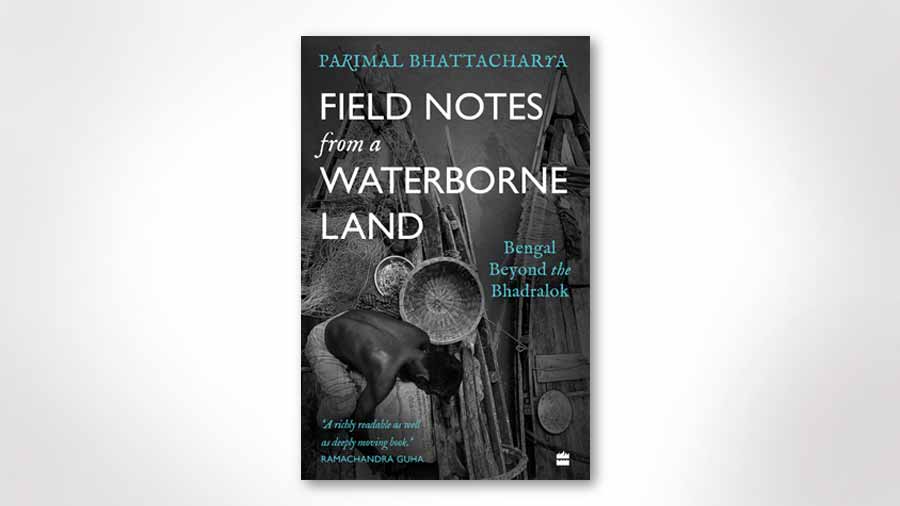
The cover of Field Notes from a 'Waterborne Land: Bengal Beyond the Bhadralok'
Why do you think the Bengal Beyond the Bhadralok has not been represented well in Indian English writing?
The most obvious reason is that most practitioners of Indian English writing come from the Bhadralok, in fact, the uppermost crust of the Bhadralok. And we are supposed to write about the world we know best, aren’t we? But I think there are other reasons. For quite some time, we the Bhadralok have been telling the world that the people of West Bengal essentially are what we are. That is — basically a lazy, argumentative, culture-loving, nostalgic community who are passionate about Tagore, adda, politics, Satyajit Ray, Calcutta, Sunday mangso-bhat, coffee house, Darjeeling… not in the same order! And we have been constructing this stereotype for so long and so persistently, that not only does the outside world expect to hear this from us, but we have begun to believe that this is Bengal. But really, who are we? The Bengali Bhadralok are the urban, educated, middle-class Hindus, that too mostly from the upper castes. And we are about one-fifth of our state’s population!
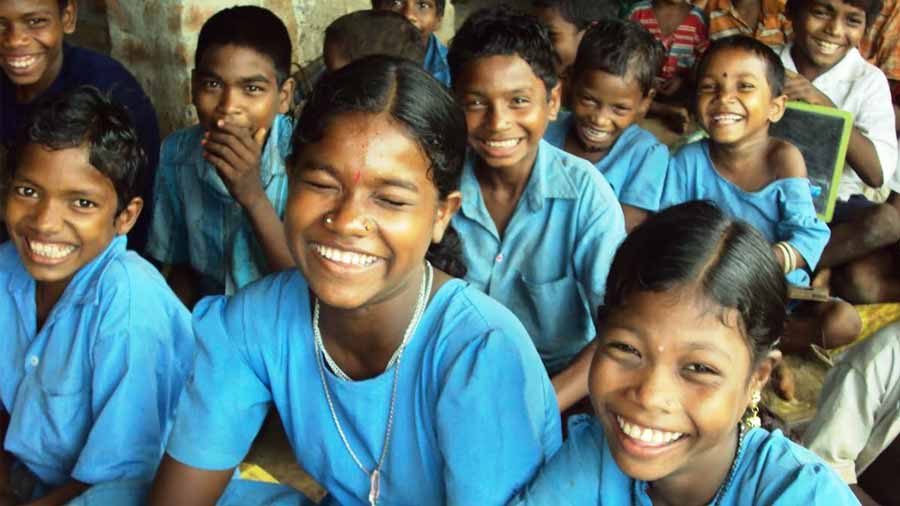
A school in Ambadola, a forest village in Simlipal. The children were very happy because egg was on the mid-day meal menu on that day. ‘Bengal Beyond Bhadralok’ is a result of the author’s extensive trips to the remote villages of Bengal and Orissa Parimal Bhattacharya
Being a Bhadralok yourself what challenges did you face while writing Field Notes? Were there any advantages?
Ah, let me tell you the advantages first. We the Bhadralok have such an extensive social network that when I decided to work in this field, I discovered that I had contacts — a distant relative, a friend, or a friend’s friend — at almost all the right places: from local bureaucracy to NGOs working at the district level. It is they who helped me get connected with the people at the grassroots. But the challenges too were there. Never did I forget that I was reaching out to people living on the margins and receiving their hospitality and confidence from a position of privilege and power. This is a very humbling and complex feeling and I think it also influenced the shape of the book.
What future do you see for this other non-Bhadralok Bengal? Will it survive climate change, the economic challenges and the divisions caused by the Partition? Will the gap between the two Bengals ever close?
The future is rather bleak, particularly after two years of lockdown and suspension of normal activities, and also the recent spate of cyclones. These have pushed large sections of the population to the brink, economically as well as ecologically. For the gap between the two Bengals to close, really radical measures are needed to be taken by the governments. But before that, the issues that really matter to this other non-Bhadralok Bengal must be made more visible, must be discussed in the civil society.
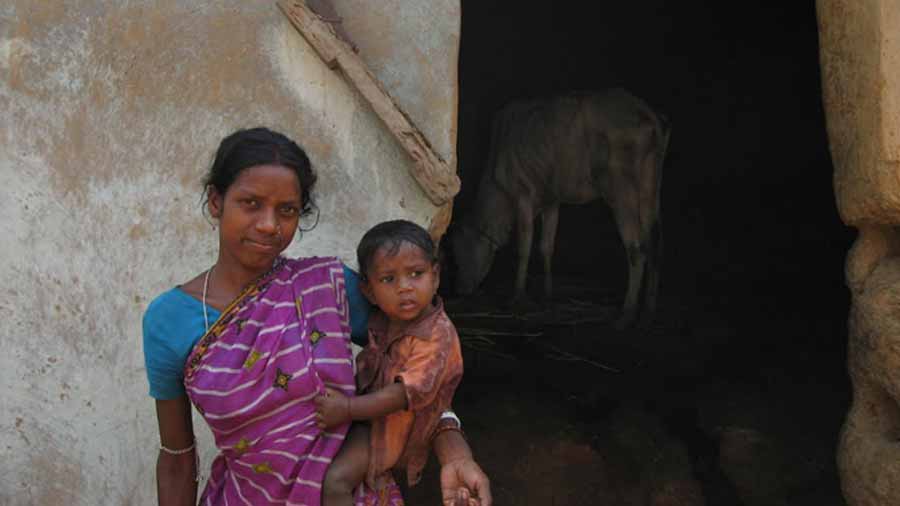
A tribal woman and her child in a Birbhum village. Cattle is a sign of prosperity in rural households, but it means more domestic labour for women. A study has found that having cattle at home affects dropout among girls Parimal Bhattacharya
Field Notes from a Waterborne Land is a transcreation of your Bengali book Apur Desh. No Path in Darjeeling is Straight is also based on your Bangla book on Darjeeling. Why do you prefer transcreation to translation? How do you decide what to leave out and what to keep in a transcreated book?
Yes, and also Bells of Shangri-la. I rewrote these books in English out of very specific impulses. I transcreated the Darjeeling book so that my friends and ex-students in the hills, many of whom are now friends, could know what a Bengali babu thinks about them, their struggles and aspirations, and their homeland. Similarly, Field Notes happened out of an urge to tell my friends and relatives, which include my nephews and nieces settled in other parts of the country and abroad, and who cannot read Bangla, that there is a Bengal outside the Bengal they know, a much greater Bengal that is bleak but also gorgeous, where the people have been waging an epic battle for livelihood and identity.
It is these concrete impulses that guided my creativity as I transplanted the stories from one language into another. That also helped me decide what to leave out, what to keep, and what to add that was not there in the Bangla version. When I am writing in Bangla, for readers with whom I share a lot of cultural codes and knowledge of ‘local colour’, a lot of things are mutually understood between us and don’t need to be said. A literal translation of such texts might be inadequate or would bristle with footnotes and parentheses. The readability would fall flat, and my purpose would be defeated. Also, I think our Bangla language has this misty, fluid universe of sensibilities that is so difficult to transplant intact into the clean, precise ecosystem of the English language. In fact, this might be a reason why we have so many great Bengali literary masterpieces, but so few worthy translations.
Anyway, there is another reason why I prefer to transcreate rather than translate. It is so terribly boring to write a book in one language and then translate it word for word in another language. It is my book after all! (Ha ha ha!)
What are your thoughts on being a bilingual writer? How do you decide in which language to write a book?
We the Indians are instinctively bilingual, aren’t we? Many of us are trilingual or even tetralingual. But it’s a pity that bilingual writers are a vanishing breed. So far, most of my writing first appeared in Bangla, but let me tell you something. For all my Bangla books, I took notes and made initial sketches and plans in English. This is not so odd after all. Many of our writers and poets, including Bibhutibhushan Bandyopadhyay and Jibanananda Das, wrote their journals in English. In fact, English literature has midwifed modern Bangla literature, not only during the time of Bankimchandra or Michael, but even during the 20th century, particularly in poetry. From Buddhadeb Bose to Jibanananda, Bishnu Dey, and Samar Sen, many of our modern poets formally studied English literature and wrote equally well in both languages.
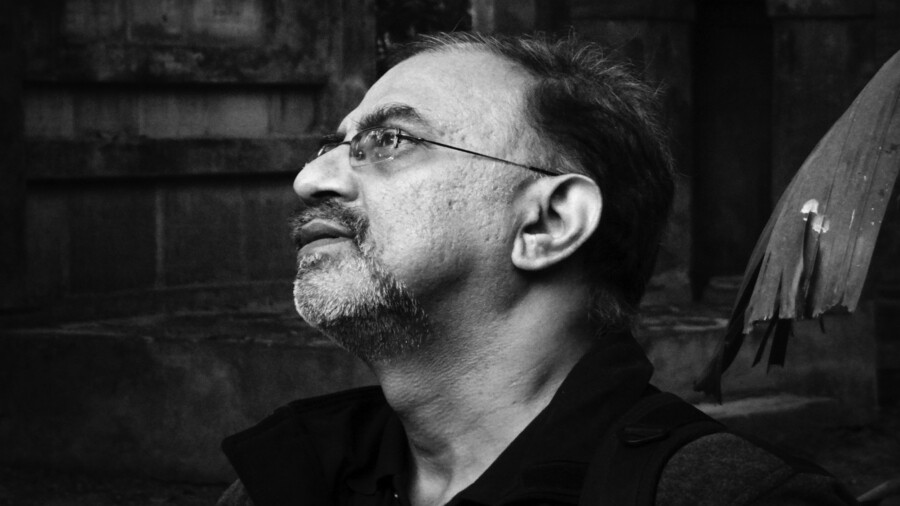
Author Parimal Bhattacharya
Most of your books straddle the boundary of fiction and non-fiction and are a mix of memoir, travelogue, journal and essay. Tell us about the evolution of this signature style. Do you feel tempted to write in any other way?
These genres and categories were invented for librarians and booksellers so that they could easily slot the books on particular shelves. These categories might also help critics and reviewers to decide whether to grill or bake or saute a book. But the creative process is seldom dictated by such pigeon holes. I find it tiring to devise a straitjacket for my book before I begin to write it, and I love to play with various narrative techniques.
What has satisfied you the most about writing Field Notes and the response it has received?
Writing Field Notes was a transformative experience. Travelling to unfamiliar terrains, meeting all those fascinating people, learning to listen to their words and also their silences, were truly an eye-opener. But the most difficult of journeys I undertook was to my own space, my Bhadralok roots, without the blinkers of self-delusion. It made me realise who I am.
The book is just out, and it is too early to comment on the responses, but so far the indications are very good. Ramachandra Guha, who also wrote a very nice endorsement for the book, wrote me warm and encouraging emails while he was reading the proofs my publisher had sent him. In fact, he wanted to meet some of the characters in the book. ‘Are they real or have you changed their names?’ he asked me. ‘I have changed their names, but if I tell them Ram Guha wants to meet them, I think they might want to change into their fictional names by affidavit.’ — I wrote back. (Ha ha ha!)

